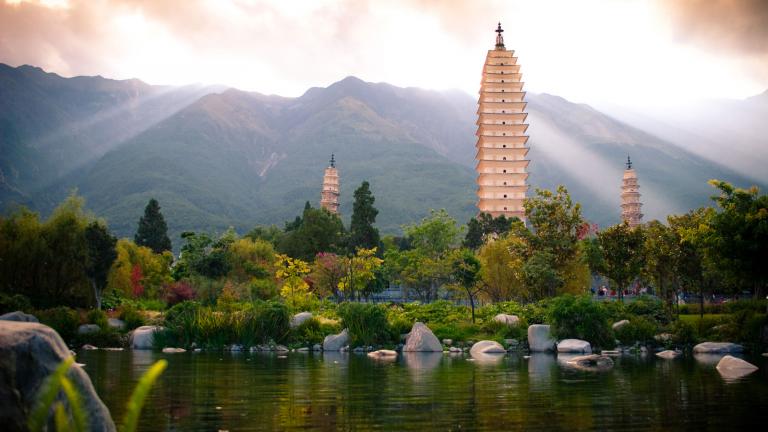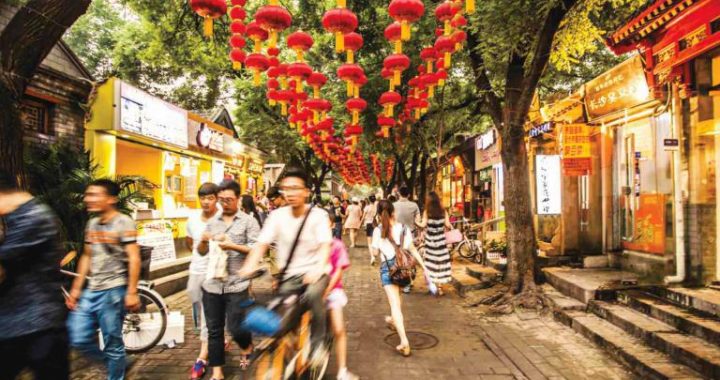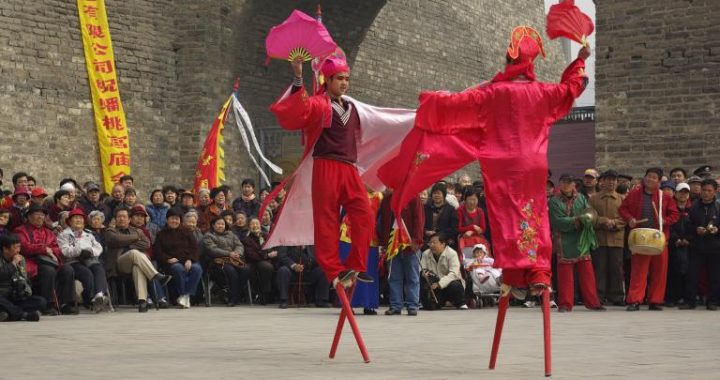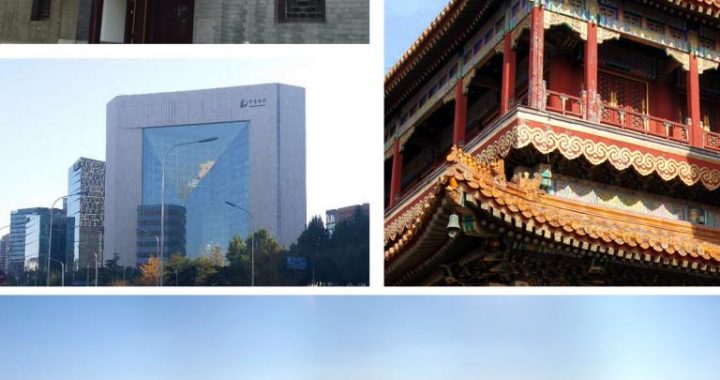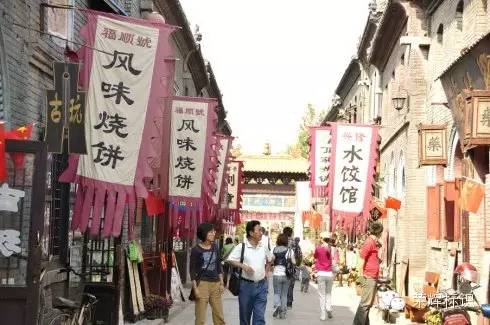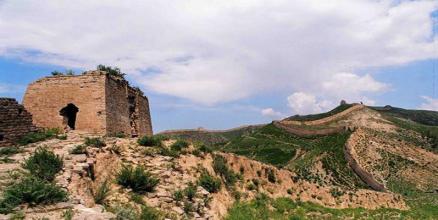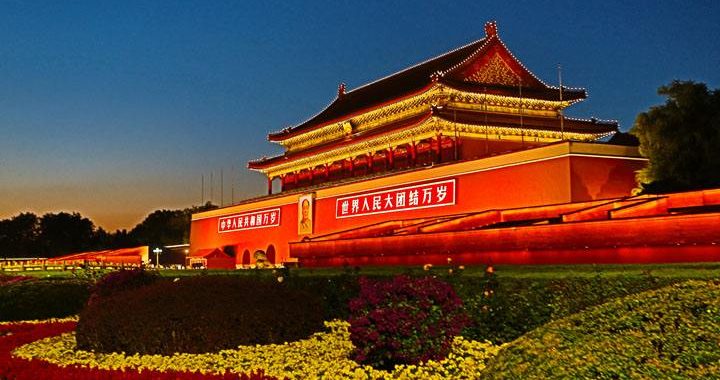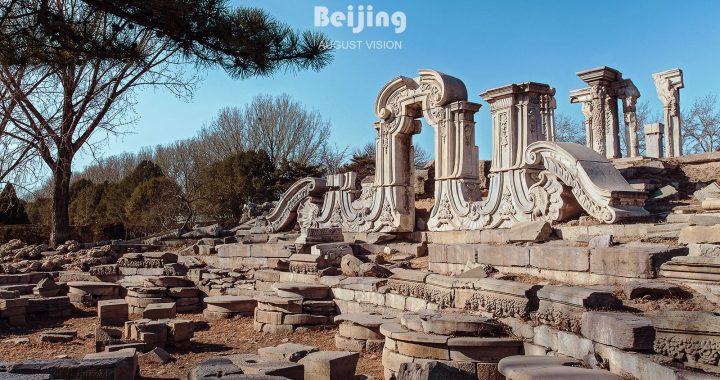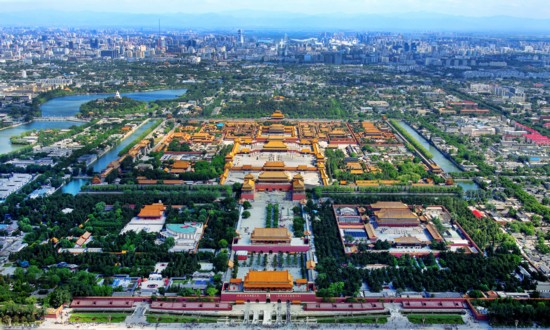Natural scenery of Beijing
2 min readGubeikou Town, in Miyun County, has a history of more than 2,000 years. In earlier times there was no Great Wall here, with the defensive wall of the Warring States Period and the Qin and Han Dynasties built far to the north. In 555 during the Northern Qi period,the defensive wall which stretched from the West River (present-day Yulin River in Shaanxi Province) to Shanhaiguan Pass for nearly 2,000 kilometers was constructed and passed through here. But the Northern Qi Wall was low and piled with earth and stones, with ruins rarely seen today.
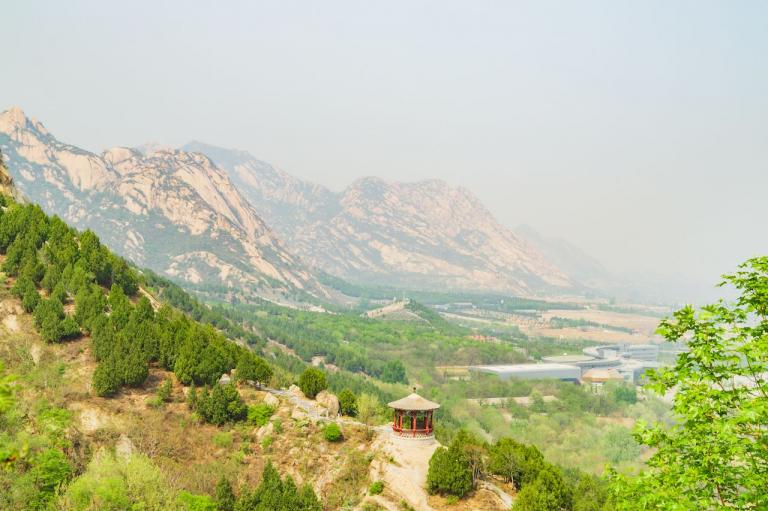
From the Western Zhou Dynasty (c.l 100-771 BC.) till the Warring States Period (770 B.C.-221 B.C.), defensive structures were constructed in Gubeikou. During the Han Dynasty (206 B.C.—220A.D.), to protect the northern frontier from being invaded by the Hsiung-Nu people, Emperor Wudi ordered the construction of a military fortress at Gubeikou,and this place later witnessed many battles between the Han and Hsing-Nu troops. In the following dynasties, Gubeikou was further built up as the bridgehead for the Central Plains.
In the early Ming Dynasty, claiming to “rid the emperor of evil ministers,” Yan Prince Zhu Di usurped power from his nephew, the then Emperor Jianwen. After assuming the throne as the third Ming emperor, he moved the Chinese capital from Nanjing to Beijing. At that time the Ming’s enemies were mostly based on the vast grasslands and deserts in the north, so Gubeikou was of special military significance to the northern defense.
In 1427 a troop of Tartars (a northern nomadic nationality) tried to invade through Gubeikou, but finally failed because of the Ming garrison’s successful defense. In 1550 a Mongol cavalry of nearly 10,000 attacked Gubeikou, but was again defeated. During the early reign of Emperor Longqing, northeastern nomadic people often assaulted the Ming frontier, so the emperor transferred his accomplished general Qi J iguang from the eastern coastal area to administer military training and defensive affairs in Jizhou, Changping, and Baoding Towns near Beijing. On the foundations of the walls constructed during the Warring States Period and in the early Ming, Qi Jiguang constructed a defensive wall extending to Juyongguan in the west and Shanhaiguan in the east. Spanning Simatai, Jinshanling, and Mutianyu, this section of the Great wall, now considered as a monumental masterpiece, effectively safeguarded the Ming at that time.
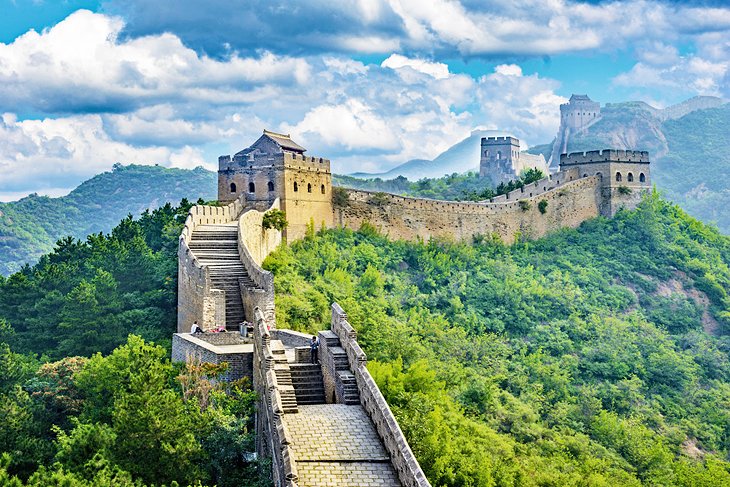
After the Manchu Qing crossed the Great Wall and moved their capital to Beijing in 1644, the imperial family would spend every summer in the Mountain Resort of Chengde,hundreds of kilometers from Beijing, hunting and enjoying the cooler weather. Gubeikou was on the route from Beijing to Chengde and therefore passed through every year by the imperial patty, and camps responsible for the party’s safety were constructed here. Today the palace and the camps have already disappeared, but descendants of the historically stationed Eight Banner soldiers that settled down have witnessed the last 300 years of history from Gubeikou.
